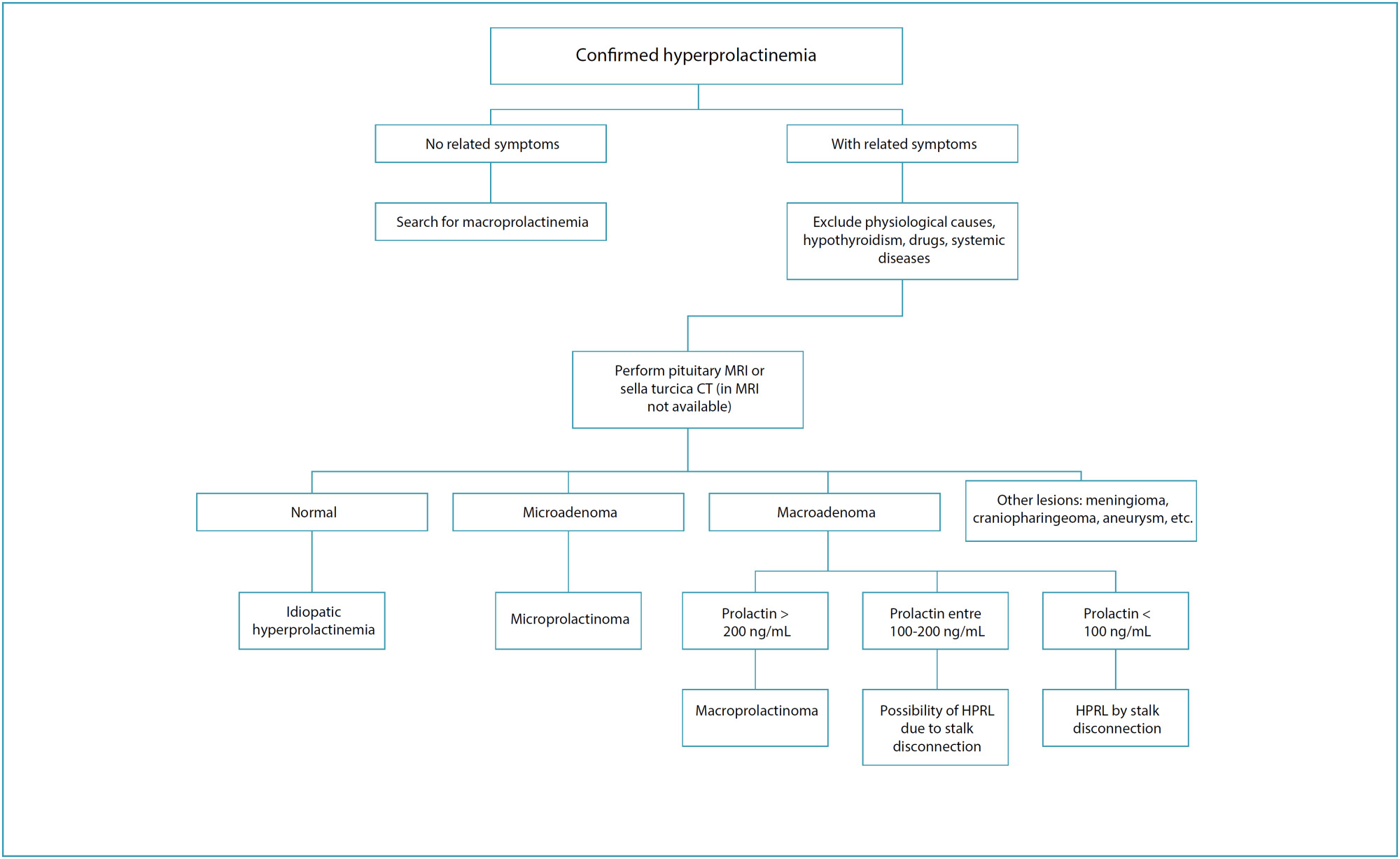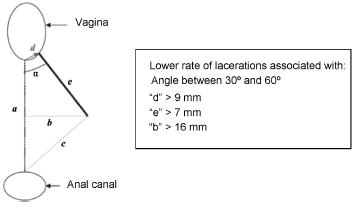-
Original Article10-06-2000
The Relationship between White’s Classification and the Histopathological Changes in the Placentas of Diabetic Pregnant Women
Revista Brasileira de Ginecologia e Obstetrícia. 2000;22(7):401-411
Abstract
Original ArticleThe Relationship between White’s Classification and the Histopathological Changes in the Placentas of Diabetic Pregnant Women
Revista Brasileira de Ginecologia e Obstetrícia. 2000;22(7):401-411
DOI 10.1590/S0100-72032000000700002
Views80See morePurpose: to analyze the relationship between White’s classification and the histopathological, changes occurring in the placentas of diabetic pregnant women, performing a qualitative comparison of histopathological changes in the placentas of nondiabetic pregnant women with those in diabetic ones (classes A and A/B), clinical, short duration (classes B and C), and clinical with vasculopathy (classes D to FRH), studying the influence of the quality of glycemic control and of gestational age on placental changes in the three groups of diabetic pregnant women. Patients and methods: specimens of placentas were collected from all diabetic pregnant women seen between 1991 and 1996 in the Maternity Section of the Hospital das Clínicas, Faculdade de Medicina de Botucatu, stained using the hematoxylin-eosin technique, and submitted to a histopathological examination. The quality of glycemic control was analyzed by the glycemia average of gestation and classified as adequate or inadequate, with a limit of 120 mg/dl. Gestational age was individualized as term and preterm. Results: forty-two newborns (43.3%) were born at term and the remaining were preterm (56.7%). The prematurity rate was higher for women with clinical diabetes (classes B and C; D to FRH). Some histopathological alterations were observed only in placentas from diabetic pregnant women: cystoid degeneration, chorial edema, intima edema, dysmaturity, Hofbauer cell hyperplasia, villitis, ghost cells, two vessels in the umbilical cord, and endarteritis. Conclusions: histopathological changes in the placentas of pregnant women with gestational diabetes (classes A and A/B), clinical, short duration (classes B and C), and clinical with vasculopathy (classes D to FRH) were similar to those in the nondiabetic ones, and, therefore, were independent of White’s clinical classification. The histopathological changes in the placentas of pregnant women with gestational diabetes (classes A and A and B), clinical, short duration (classes B and C), and clinical with vasculopathy (classes D to FRH) were not related to gestational age at birth and to the quality of glycemic control of the mother. The comparison between histopathological changes and the increased number of preterm newborns in clinical diabetes, class D to FRH, suggest early placental ageing in clinical diabetes patients.
-
10-03-2000
Avaliação da Quantidade do Colágeno da Pele de Ratas Castradas após o Uso de Estrogênio, Progestagênio e Tamoxifeno
Revista Brasileira de Ginecologia e Obstetrícia. 2000;22(7):462-462
Abstract
Avaliação da Quantidade do Colágeno da Pele de Ratas Castradas após o Uso de Estrogênio, Progestagênio e Tamoxifeno
Revista Brasileira de Ginecologia e Obstetrícia. 2000;22(7):462-462
DOI 10.1590/S0100-72032000000700016
Views71Avaliação da Quantidade do Colágeno da Pele de Ratas Castradas após o Uso de Estrogênio, Progestagênio e Tamoxifeno[…]See more -
10-03-2000
Estudo Comparativo de Sistemas de Graduação em Preparados Citológicos e Histológicos para Carcinoma Infiltrante de Ductos Mamários. Avaliação da Concordância Cito-Histológica
Revista Brasileira de Ginecologia e Obstetrícia. 2000;22(7):461-462
Abstract
Estudo Comparativo de Sistemas de Graduação em Preparados Citológicos e Histológicos para Carcinoma Infiltrante de Ductos Mamários. Avaliação da Concordância Cito-Histológica
Revista Brasileira de Ginecologia e Obstetrícia. 2000;22(7):461-462
DOI 10.1590/S0100-72032000000700015
Views80Estudo Comparativo de Sistemas de Graduação em Preparados Citológicos e Histológicos para Carcinoma Infiltrante de Ductos Mamários. Avaliação da Concordância Cito-Histológica[…]See more -
10-03-2000
Misoprostol como Indutor do Trabalho de Parto em Gestantes com Feto Vivo a Termo
Revista Brasileira de Ginecologia e Obstetrícia. 2000;22(7):460-460
-
10-03-2000
Estudo Comparativo entre a Punção Aspirativa por Agulha Fina e a Biópsia de Fragmento Guiadas por Ultra-som no Diagnóstico de Lesões Mamárias Suspeitas de Malignidade
Revista Brasileira de Ginecologia e Obstetrícia. 2000;22(7):460-460
Abstract
Estudo Comparativo entre a Punção Aspirativa por Agulha Fina e a Biópsia de Fragmento Guiadas por Ultra-som no Diagnóstico de Lesões Mamárias Suspeitas de Malignidade
Revista Brasileira de Ginecologia e Obstetrícia. 2000;22(7):460-460
DOI 10.1590/S0100-72032000000700013
Views62Estudo Comparativo entre a Punção Aspirativa por Agulha Fina e a Biópsia de Fragmento Guiadas por Ultra-som no Diagnóstico de Lesões Mamárias Suspeitas de Malignidade[…]See more -
10-03-2000
Estudo de Fatores Relacionados com a Violência Sexual contra Crianças, Adolescentes e Mulheres Adultas
Revista Brasileira de Ginecologia e Obstetrícia. 2000;22(7):459-459
Abstract
Estudo de Fatores Relacionados com a Violência Sexual contra Crianças, Adolescentes e Mulheres Adultas
Revista Brasileira de Ginecologia e Obstetrícia. 2000;22(7):459-459
DOI 10.1590/S0100-72032000000700011
Views70Estudo de Fatores Relacionados com a Violência Sexual contra Crianças, Adolescentes e Mulheres Adultas[…]See more -
10-03-2000
Avaliação do Tratamento Não-Medicamentoso (Orientação Verbal) das Mastalgias Cíclicas
Revista Brasileira de Ginecologia e Obstetrícia. 2000;22(7):459-459
Abstract
Avaliação do Tratamento Não-Medicamentoso (Orientação Verbal) das Mastalgias Cíclicas
Revista Brasileira de Ginecologia e Obstetrícia. 2000;22(7):459-459
DOI 10.1590/S0100-72032000000700010
Views72Avaliação do Tratamento Não-Medicamentoso (Orientação Verbal) das Mastalgias Cíclicas[…]See more -
Case Report10-03-2000
Angiosarcoma of the Breast: Case Report
Revista Brasileira de Ginecologia e Obstetrícia. 2000;22(7):455-458
Abstract
Case ReportAngiosarcoma of the Breast: Case Report
Revista Brasileira de Ginecologia e Obstetrícia. 2000;22(7):455-458
DOI 10.1590/S0100-72032000000700009
Views126Primary angiosarcoma of the breast is a rare tumor, which appears between 14 and 82 years, with an average of 35 years of age. Its predominant clinical aspect is a painful mass with diffuse increase in the breast and violet or blackened color. Equally to other cases of sarcoma, the medium size of the lesion is approximately 5 cm at the diagnosis. Histologically, it is characterized by the proliferation of endothelial cells that form vascular channels linked to each other infiltrating glandular structures and fatty tissue. Its histological diagnosis is difficult and not always the right diagnosis is immediately established, mainly in the cases of a low malignancy degree, due to limited biopsy material. Because of the difficult diagnosis and aggressivity, it is a neoplasia with ominous prognosis, due to frequent metastasis. In our service, a 18-year-old patient presented with a painful lump which grew quickly. It was biopsied and a hemangioma was diagnosed, a wide excision being indicated. Three months later, she suffered a tumoral relapse, that was biopsied again and mastectomy was indicated, because it was an angiosarcoma with low degree of malignancy. After other relapses, chemotherapy was indicated and later, radiotherapy. During radiotherapy she developed new metastases, and died of pulmonary metastasis.
Key-words Breast neoplasmsSarcomaSee more
Search
Search in:
Tag Cloud
Pregnancy (252)Breast neoplasms (104)Pregnancy complications (104)Risk factors (103)Menopause (88)Ultrasonography (83)Cesarean section (78)Prenatal care (71)Endometriosis (70)Obesity (61)Infertility (57)Quality of life (55)prenatal diagnosis (51)Women's health (48)Maternal mortality (46)Postpartum period (46)Pregnant women (45)Breast (44)Prevalence (43)Uterine cervical neoplasms (43)






